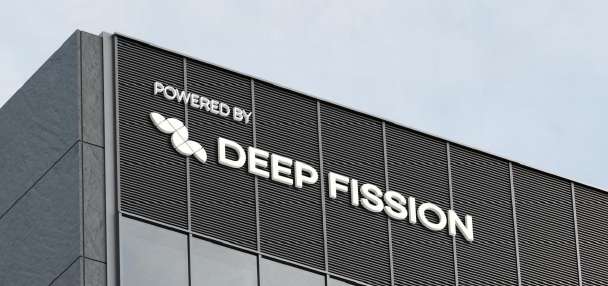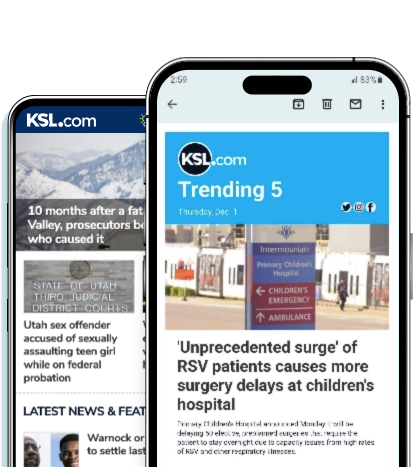Estimated read time: 3-4 minutes
- A survey by Envision Utah reveals about 75% of Utahns worry about the state's water situation.
- Half of concerned respondents are very or extremely worried about the future supply of water.
- Utahns support reducing water use, favoring water-wise landscaping.
SALT LAKE CITY — Fear about Utah's future water needs is high as the state's population continues to grow, according to a new survey conducted by a nonprofit dedicated to planning the state's future.
About 3 out of 4 of the survey's 800 respondents said they were at least a little concerned about Utah's overall water situation, Envision Utah noted in a summary of its results published on Thursday. Of those who said they were concerned, half said they were either "very" or "extremely" concerned about the situation.
While the respondents were split on whether they believe Utah has enough water "to meet our needs today," nearly 6 out of 10 wrote they weren't sure that would be the case in 20 years. As such, those who participated rated water as the second-most pressing issue in the state, below housing/the cost of living but above other issues like air quality, education and economic development.
The nonprofit wasn't surprised to see water remain an important topic for participants, as it's always been a key topic for residents since the organization was founded nearly 30 years ago. However, the level of concern about future water supply was surprising, said Jason Brown, vice president of education and communication for Envision Utah.
"To see a majority of our respondents don't feel particularly confident that we're going to have the water supplies that we need to meet our demands 20 years from now, yeah, that surprised us a little bit," he told KSL.com.
Pollsters carried out the online survey toward the end of last summer, which is when drought conditions began to return to Utah after the state briefly slipped out of moderate drought status for the first time in five years.
The situation has worsened since the poll was completed in September. Despite a close-to-normal snowpack statewide, about three-fourths of the Beehive State remains in at least moderate drought, including nearly 40% in severe or extreme drought, per the U.S. Drought Monitor. It follows the two-decade-long "megadrought," which researchers say has been the West's worst dry spell in about 1,200 years.
Utah leaders have also expressed interest in future water needs in recent years. Most notably, the state created a new "water agent" to negotiate water deals that could potentially bring new water sources into the state.
Yet, finding new water would be a "Herculean" effort because of the challenges facing the West, Joel Ferry, director of the Utah Department of Natural Resources and the state's water agent, told lawmakers earlier this year.
"Every state, every area, every region, every neighboring country is suffering or struggling with these same types of questions," he said in January.
The Envision Utah survey also found that Utahns are interested in finding ways to cut back water consumption, which could also help in piecing together the state's future water needs.
More than half said they believed individual changes they can make at home can make a difference, especially if everyone works together on the cause. Over two-thirds said they believe too much is used on parks, golf courses/sports fields and outdoor watering. The vast majority also favored landscapes that include more water-wise landscaping and less turfgrass, when they were asked to rank photos of their preferred lawns.
However, respondents also voiced concerns about cost and other barriers.
The findings appear to indicate an interest in expanding lawn conversion and other programs that help residents reduce their water consumption, Brown said. He hopes state leaders consider Envision Utah's survey results in future legislation, which could include more spending in that direction.
"I think that seeing that's a big concern from people, I think that's worth having some conversations at the state level," he said. "Maybe it's asking the question, 'How much is it worth as a community and as a state to support people in making those transitions in their yard to be water-friendly?' Clearly, people understand we've got to do something, or they don't feel confident we'll have the water supply that we need."









